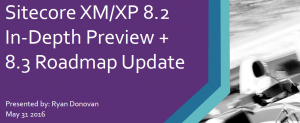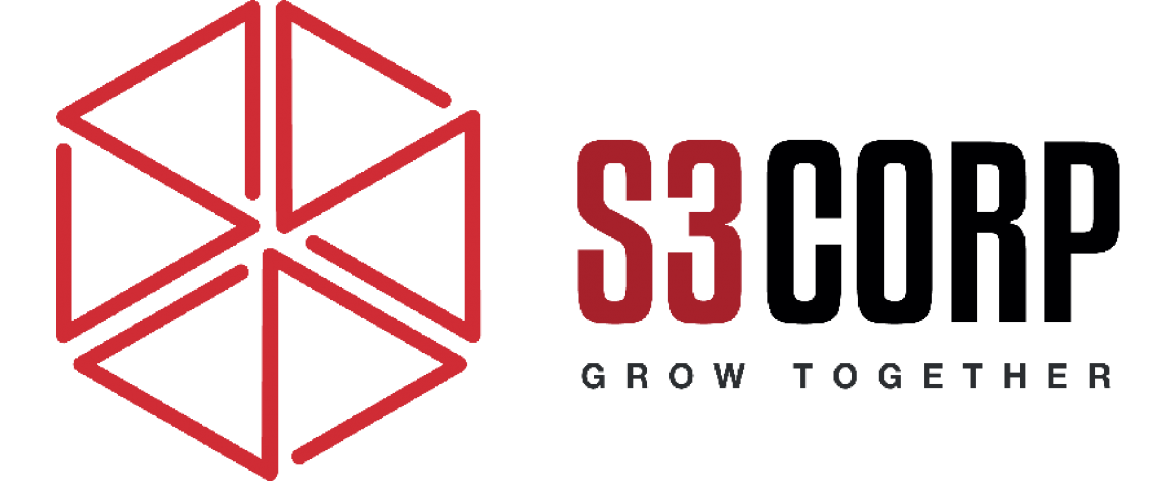What’s New in Sitecore Commerce 8.2
— September 15, 2016 
Image source internet
What’s New in Sitecore Commerce 8.2
Sitecore Commerce 8.2 introduces several important updates, focusing on enhancing the product’s functionality and usability. These changes will help streamline workflows, provide more flexibility, and improve the overall user experience. As Sitecore continues to improve its commerce solutions, the 8.2 release brings new features and optimizations that users can leverage immediately. Although new features in Sitecore Commerce 8.3 are on the horizon, the improvements in 8.2 are significant and worth exploring in detail.
Exploring the Latest Features of Sitecore 10.4
Support for Azure Web Apps
One of the key updates in Sitecore Commerce 8.2 is the expanded support for Azure Web Apps. This builds upon the improvements introduced in Sitecore Commerce 8.1, which included the introduction of PowerShell CmdLets to simplify the installation and configuration of Commerce Server. These tools, along with the Sitecore Azure Module, allowed users to deploy Sitecore Commerce on Azure with greater ease. However, 8.2 takes things further by offering full support for Azure Web Apps using registry-free COM and Commerce Server-specific NuGet packages.
With this update, you no longer need to install Commerce Server to deploy your solution to the cloud. Instead, you can deploy directly to Azure Web Apps. This change is beneficial for businesses looking to streamline their cloud infrastructure, as it removes the need for additional on-premise software installations. However, there are some limitations to be aware of. For instance, users won’t be able to utilize Catalog Import/Export functionality in the Azure Web App deployment scenario. It’s important to carefully review the release notes to understand these limitations and plan accordingly. More information on deploying Sitecore Commerce to Azure Web Apps is available in the official documentation, which outlines the necessary steps and considerations for developers.
Custom Catalog Fields
The ability to customize catalog fields is another important feature introduced in Sitecore Commerce 8.2. When creating a catalog schema, decisions must be made regarding where specific fields should be stored. Product data required for transactions should be stored in the Catalog. On the other hand, attributes that enhance the product’s appearance on the site, such as images, videos, or additional content, should be stored in Sitecore.
Historically, any fields created for product enrichment within Sitecore were tied to the catalog via a field called External Settings. However, this posed a challenge when external systems, like ERP or PIM, updated the catalog. In some cases, these updates would overwrite the External Settings field, potentially causing the loss of any additional data linked to the product. With Sitecore Commerce 8.2, users can now store External Settings either with the original product or in a separate product catalog. This new flexibility ensures that when a catalog is updated from a legacy system or via an import, the External Settings field is preserved.
This feature addresses a critical issue that businesses often face when dealing with large amounts of product data, especially when integrating with external systems. By offering a more robust way to manage custom catalog fields, Sitecore makes it easier for users to maintain data integrity and ensure that product information remains consistent across all systems. Documentation on how to implement this feature is still being updated, but once complete, it will provide a comprehensive guide to help users make the most of this new functionality.
Commerce Reports
Sitecore Commerce 8.2 introduces significant improvements to its reporting capabilities. In the previous version, Commerce reporting was integrated into the Experience Profile, providing detailed insights into individual contacts. With the 8.2 release, Sitecore expands this functionality by adding several new reports and charts to Experience Analytics. These new reports offer a broader view of commerce data across all contacts and interactions, helping businesses gain a more comprehensive understanding of customer behavior and sales performance.
Among the newly introduced reports are those that focus on key metrics like Best Selling Products and Most Viewed Categories. These reports allow businesses to quickly identify top-performing products and categories, which can inform marketing strategies and inventory management. The Best Selling Products report, for example, highlights the products that generate the most revenue, providing businesses with insights into customer preferences and demand trends. Similarly, the Most Viewed Categories report helps businesses understand which product categories attract the most attention, allowing them to tailor their offerings to better meet customer interests.
Another significant addition is the Shopping Cart Activity report, which tracks customer activity within the shopping cart. This report provides valuable insights into cart abandonment rates, popular products in carts, and other important metrics that can help businesses optimize their checkout process and reduce cart abandonment. These new reports and charts provide a much clearer picture of how commerce data is being generated and how it relates to overall customer engagement.
Sitecore has also begun restructuring its Commerce documentation to provide a more streamlined and user-friendly experience. All documentation related to Commerce can now be accessed in one central location at doc.sitecore.net. This consolidation of resources will make it easier for developers, business users, and IT teams to find the information they need to effectively manage and implement Sitecore Commerce solutions.
Enhancements and Bug Fixes
Alongside the major new features in Sitecore Commerce 8.2, there are numerous smaller enhancements and bug fixes that improve the stability and performance of the platform. While many of these updates are technical in nature, they collectively contribute to a smoother and more reliable user experience. For example, various performance improvements have been made to optimize the platform’s responsiveness and reduce latency. These improvements will help businesses deliver a faster and more seamless experience to their customers, particularly in high-traffic environments.
In addition, Sitecore has addressed several bugs that were present in previous versions. These fixes cover a wide range of issues, from user interface glitches to backend performance problems. By resolving these bugs, Sitecore ensures that users can rely on a more stable and secure platform, reducing the likelihood of disruptions or technical issues.
While Sitecore has already made significant strides with the 8.2 release, more updates and enhancements are expected in the future. The company has indicated that it will continue to improve the Commerce platform, with plans for even more exciting features in upcoming releases. As businesses increasingly turn to Sitecore Commerce for their e-commerce needs, these ongoing updates will ensure that the platform remains competitive and effective in meeting the demands of modern commerce.
For developers and businesses already using Sitecore Commerce, the 8.2 release offers a host of valuable new features and optimizations. From enhanced cloud deployment options with Azure Web Apps to improved catalog management and more powerful reporting tools, Sitecore Commerce 8.2 provides the tools needed to succeed in today’s fast-paced digital economy.
With these updates, Sitecore continues to solidify its position as a leading provider of commerce solutions. The introduction of support for Azure Web Apps and the ability to manage custom catalog fields more effectively will streamline operations for businesses using the platform. Additionally, the expanded reporting capabilities will allow users to make more informed decisions based on comprehensive data insights.
Looking Ahead: Sitecore Commerce 8.3 and Beyond
As businesses look toward the future, it’s important to recognize that Sitecore Commerce 8.2 is just one step in the ongoing evolution of the platform. Sitecore has already begun work on version 8.3, which promises to bring even more enhancements and features to the table. For example, improvements to the platform’s integration with other Sitecore products, such as Sitecore Experience Manager (XM) and Sitecore Experience Platform (XP), are expected to further enhance the overall user experience.
In addition to these integrations, Sitecore Commerce 8.3 is likely to include even more cloud-related optimizations, particularly as cloud-based deployments continue to gain traction in the e-commerce industry. As cloud services like Azure become more prevalent, Sitecore is well-positioned to help businesses migrate to and manage their e-commerce environments in the cloud.
Furthermore, Sitecore continues to prioritize the development of features that improve usability and efficiency for both developers and business users. As e-commerce becomes increasingly competitive, businesses need to adopt solutions that provide them with a competitive edge. Sitecore Commerce’s ongoing updates and enhancements ensure that businesses can stay ahead of the curve and meet the ever-changing needs of their customers.
In conclusion, Sitecore Commerce 8.2 brings significant updates that enhance the functionality, flexibility, and performance of the platform. These improvements make it easier for businesses to manage their e-commerce operations, whether they are deploying to the cloud, managing product catalogs, or analyzing customer data. As Sitecore continues to innovate and refine its platform, users can expect even more valuable features in future releases, further cementing Sitecore’s reputation as a leader in the e-commerce space.




